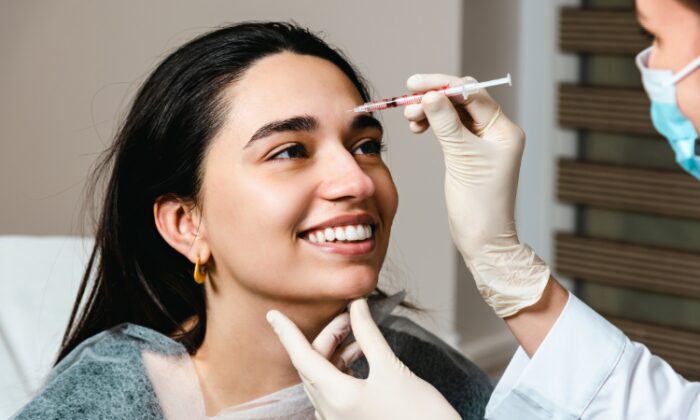Botox has long been associated with cosmetic procedures aimed at smoothing wrinkles and fine lines, but its applications go far beyond aesthetics. Increasingly, people are turning to Botox for therapeutic reasons, including the treatment of jaw tension, teeth grinding, and even migraines. While many think of dermatologists or cosmetic surgeons when it comes to Botox, dentists are emerging as some of the most qualified professionals to administer these treatments.

Expertise in Facial Anatomy
Dentists receive extensive training in the anatomy of the head, neck, and oral structures. Unlike many other medical professionals, they spend years focusing on the intricate muscular systems that control facial expressions, chewing, speaking, and jaw movement. This detailed anatomical knowledge makes dentists uniquely equipped to deliver Botox with precision, minimizing risk and enhancing outcomes.
This expertise is particularly important because the muscles targeted by injections are small, delicate, and located near vital structures. Dentists understand exactly where to place injections for optimal effect, especially when treating issues related to the temporomandibular joint (TMJ), bruxism (teeth grinding), and facial pain. Their familiarity with facial symmetry and movement better ensures that cosmetic treatments look natural rather than frozen or uneven.
Functional and Therapeutic Uses of Botox
Dentists don’t just focus on aesthetics when it comes to treatment. They often use it to address underlying medical and dental issues. For patients suffering from TMJ disorders or chronic jaw clenching, injections could offer significant relief by relaxing the overworked muscles responsible for pain and tension. Similarly, those who grind their teeth at night may benefit from Botox as it could reduce the intensity of muscle activity, preserving the teeth and decreasing discomfort.
Botox may also play a role in managing headaches and migraines that originate from muscle tension in the face and neck. Dentists routinely evaluate the alignment of the bite and jaw. They are well-positioned to identify and treat contributing factors using Botox in conjunction with other dental therapies.
Improving Cosmetic Outcomes with a Functional Approach
When considering Botox for cosmetic reasons, a dentist could provide results that enhance appearance while preserving natural facial expressions. Because they approach facial aesthetics with an eye toward function and balance, dentists often deliver more holistic and harmonious results. A gummy smile, for example, could be treated with Botox to relax the upper lip, reducing the amount of gum that shows when smiling. This kind of treatment requires a precise understanding of lip movement and facial expression, areas in which dentists excel. Their ability to blend aesthetic goals with functional outcomes could lead to improvements in both confidence and comfort.
A Comfortable and Convenient Experience
Many people are already comfortable visiting their dentist regularly, making it a convenient setting for Botox treatment. Dental offices are clinical, sterile environments that meet strict health and safety standards, which can give patients added peace of mind. Since dentists also use injections in their day-to-day practice, such as administering local anesthesia, they are adept at making the process as painless and comfortable as possible. Visiting a dentist for Botox often streamlines care. Patients dealing with dental or jaw-related issues can receive both their dental treatment and Botox therapy in the same place, improving coordination and communication between provider and patient.
Botox in Tulsa, OK
At Henrich Dental, we believe in a holistic approach to your oral health. Botox treatment could help improve your smile and bite functionality. If you suffer from wrinkles, fine lines, or jaw pain, we are here to help. Contact us today to schedule your consultation and see if treatment is right for you.
